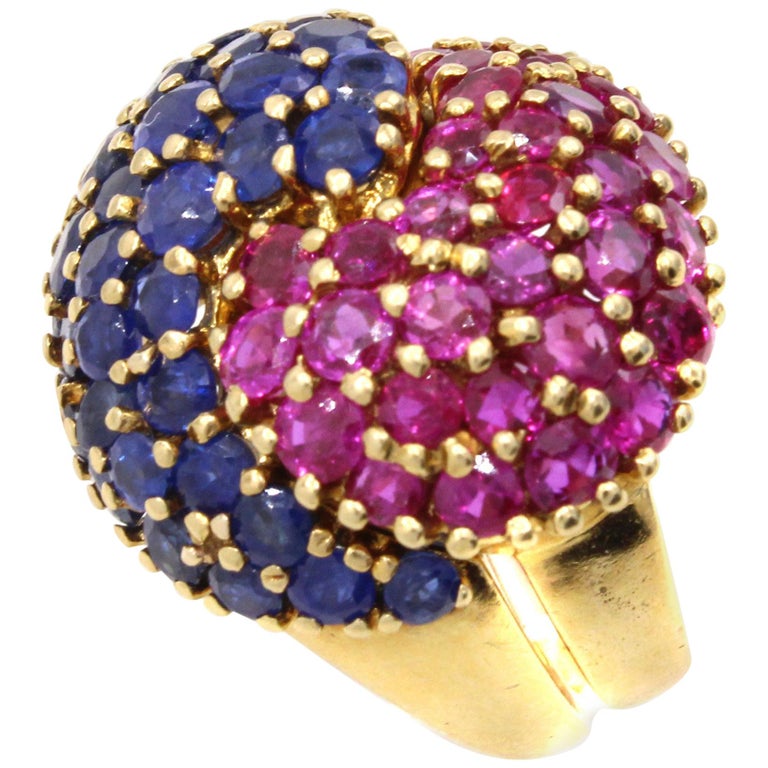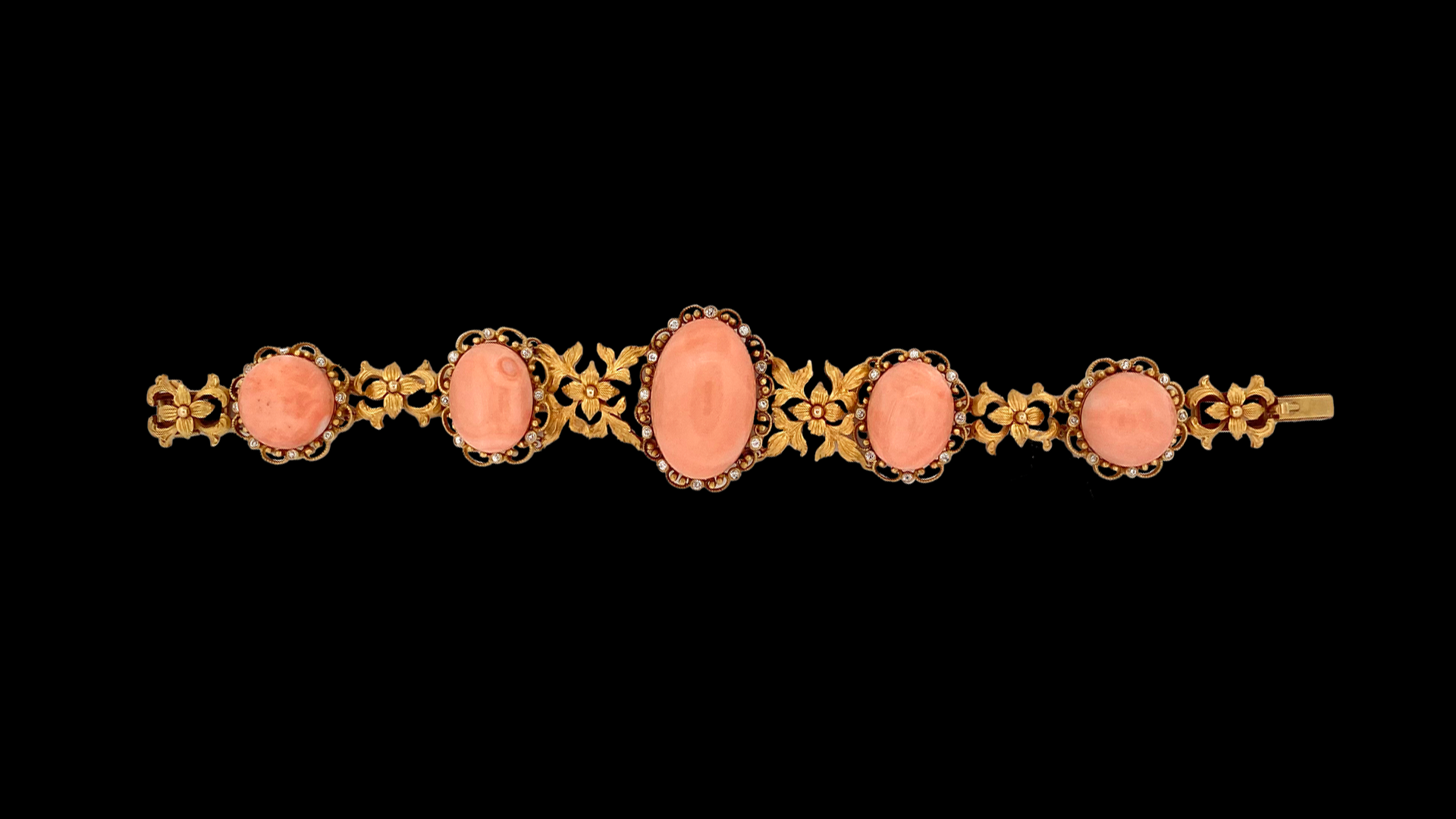Lauded as one of the stellar creators of Art Nouveau and Art Deco jewelry in the United States, J.E. Caldwell is one of the most prominent American jewelry houses, despite not being as well-known as some of its counterparts.
Starting a Business

The story starts in Poughkeepsie, New York in 1813 when James Emmott Caldwell was born. As was common practice at that time, Caldwell, at age 14, took on an apprenticeship in Poughkeepsie under the tutelage of master silversmith Peter Perret Hayes. Once Caldwell reached the status of master silversmith himself, he moved to New York City where he took on another apprenticeship with watchmaker Samuel Ward Benedict. Soon after, Caldwell moved to Philadelphia where he worked with a wholesale jeweler, a watch importer and a jewelry manufacturer before opening his own business in 1839. He initially opened the store, Bennett & Caldwell with a partner, James M. Bennett. James Bennett died a few years later and Caldwell, who had a reputation as an astute businessperson, next partnered with his former employer, John C. Farr. The company then became known as J.E. Caldwell & Co.
The store offered European style jewelry to wealthy socialites in Philadelphia and its growth was rapid, which pushed the company to move a few times, including in 1869 after a fire destroyed the store. The company moved again in 1916 into a grand space in an upscale part of town that fit the expectations of its wealthy and fashionable clientele, who purchased jewelry as well as silverware, tea sets and other tabletop items.
J.E. Caldwell Commissioned by Navy
It was silversmithing skills that brought the firm to national attention. In 1905, J.E. Caldwell was commissioned to fabricate a 160 piece silver service for the U.S. Navy. It was used on the battleship U.S.S. Pennsylvania and later the aircraft carrier Valley Forge. The silver service was retired in 1971 and returned to the state.
The firm had also gained a tremendous amount of exposure, years earlier, when it exhibited at the Centennial Exhibition of 1876 in Philadelphia, the first world’s fair held in the United States. Many visitors to the fair saw the company for the first time, adding to J.E. Caldwell’s reputation as a premier maker of high quality jewelry and objets. J.E. Caldwell also carried watches, which had movements from Vacheron Constantine. They were best known for pocket watches that were beautifully embellished as well as beautifully decorated diamond and platinum wristwatches.
In 1881, James Emmott Caldwell died. In addition to his jewelry making and silversmithing skills, he also generously donated to charitable causes in the Philadelphia area. An obituary in the Philadelphia Inquirer dated September 26, 1881 said “Mr. Caldwell was a genial, companionable man, friendly and honorable in all his acts.” Caldwell’s son J. Albert Caldwell ran the business until 1914, when he passed away and his son, named James Emmott Caldwell, after his grandfather, took over.

The Art Nouveau and Art Deco Years
It was the turn of the century jewels from the Art Nouveau and Art Deco periods that really solidified J.E. Caldwell’s reputation as an important American jeweler. The artisans at the firm were very talented both technically and aesthetically. They created Art Nouveau jewelry that captured the essence of the design movement using the female form, florals and curves to create jewels that are widely considered to be some of the best made in that style in the United States.
However, it was the jewelry that J.E. Caldwell created during the Art Deco years that really put them on the map. After embracing the curves and curls of the Art Nouveau era, the J.E. Caldwell artisans switched gears and began creating symmetrical, geometric, streamlined jewelry that was the epitome of the Art Deco era. The jewelry from both eras was handcrafted and the designs were cutting edge for the time making J.E. Caldwell a leader in those two design styles.
In the 1950s, J.E. Caldwell began to expand, which led to some financial misfortunes. The firm was sold to Henry Birks & Sons in Montreal, then in 1992, it changed hands again, this time to the North Carolina-based Carlyle and Co. The business shuttered it doors in the early 2000’s, but now has a space on Jewelers Row in Philadelphia, a tribute to one of America’s great design houses.
Top of Page: Late Victorian coral, diamond and 18-karat gold bracelet by J.E. Caldwell, courtesy Hays Worthington.
Authored by Amber Michelle

